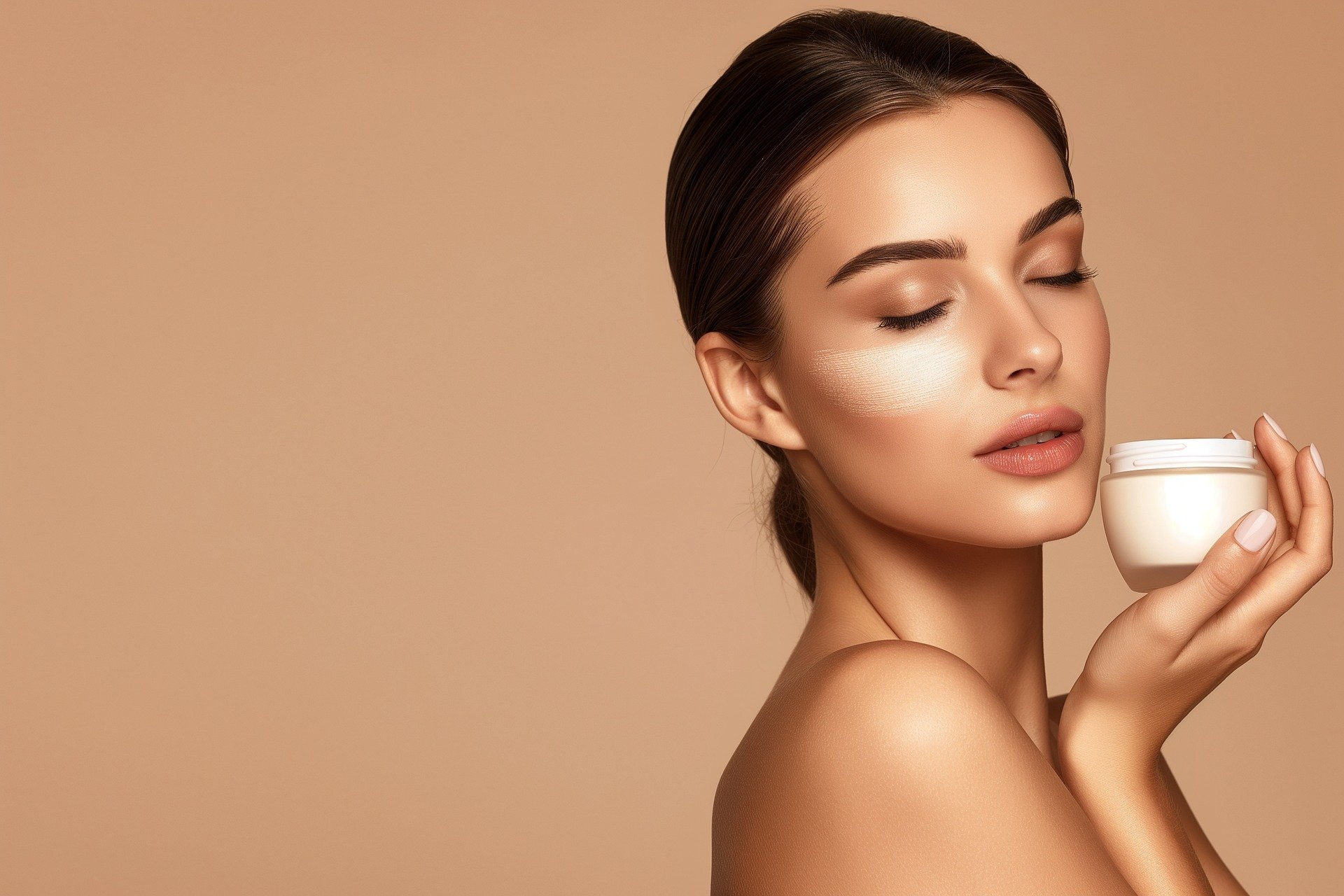The Ultimate Guide to Skincare: Achieving Healthy, Glowing Skin

The Ultimate Guide to Skincare: Achieving Healthy, Glowing Skin
When it comes to skincare, achieving a healthy, glowing complexion is a journey, not a destination. Whether you’re dealing with acne, dryness, or just trying to maintain your skin’s natural radiance, the right skincare routine can make a world of difference. But with the sheer number of products, ingredients, and advice available, it can be overwhelming to figure out what works best for your unique skin.
In this blog post, we’ll break down the essential steps of a solid skincare routine, the most effective ingredients to look for, and how to address common skin concerns. So, let’s dive in!
Step 1: Cleanse – The Foundation of Any Skincare Routine
The first step in any skincare routine is cleansing. Cleansing removes dirt, excess oil, makeup, and impurities that build up throughout the day. Without a good cleanse, these factors can clog pores and lead to breakouts or other skin issues.
What type of cleanser should you use?
- Foaming Cleansers: Best for oily or acne-prone skin, as they help to remove excess oil.
- Cream or Hydrating Cleansers: Ideal for dry or sensitive skin, as they don’t strip the skin’s natural moisture.
- Gel Cleansers: Great for combination skin, offering a balance between oil control and hydration.
Tip: Always use lukewarm water to cleanse your face. Water that’s too hot or too cold can irritate the skin.
Step 2: Exfoliate – Slough Off Dead Skin Cells
Exfoliating is key to a brighter, smoother complexion. Our skin naturally sheds dead skin cells, but sometimes this process slows down, leading to dullness and clogged pores. Regular exfoliation helps to speed up this process, revealing fresh, glowing skin underneath.
What types of exfoliants are there?
- Physical Exfoliants: Scrubs with small grains or particles. These can be a bit abrasive, so they’re best used on non-sensitive skin.
- Chemical Exfoliants: These include AHAs (alpha hydroxy acids) like glycolic acid or BHAs (beta hydroxy acids) like salicylic acid. They work by dissolving the bonds between dead skin cells, making them ideal for sensitive or acne-prone skin.
Tip: Exfoliate 1-3 times a week. Over-exfoliating can lead to irritation, dryness, and even an increase in breakouts.
Step 3: Tone – Restore Balance
Toners have come a long way since they were originally formulated as harsh astringents. Today’s toners are designed to restore the skin’s natural pH balance after cleansing and prep the skin to better absorb serums and moisturizers. They also help to tighten pores and can provide an extra layer of hydration.
What to look for in a toner:
- Hydrating Toners: Look for ingredients like hyaluronic acid or glycerin.
- Balancing Toners: If you have oily or acne-prone skin, seek out toners with ingredients like witch hazel or salicylic acid.
- Soothing Toners: For sensitive or irritated skin, calming ingredients like aloe vera or chamomile can be beneficial.
Tip: Apply toner with a cotton pad or directly to your hands, patting it gently into your skin.
Step 4: Treat – Target Specific Concerns
Serums, spot treatments, and other targeted treatments are where you can focus on specific skin concerns like acne, fine lines, pigmentation, or dryness. Serums are highly concentrated, so you only need a small amount to get results. The key is to find the right serum for your skin type and concerns.
Popular ingredients to look for:
- Vitamin C: Brightens the skin and reduces the appearance of dark spots.
- Retinol: An effective anti-aging ingredient that stimulates collagen production and smooths fine lines.
- Niacinamide: Known for its anti-inflammatory properties, niacinamide helps to calm the skin, reduce redness, and balance oil production.
- Hyaluronic Acid: A powerhouse for hydration, it helps draw moisture into the skin for a plump, dewy look.
Tip: Use serums in order of thinnest to thickest consistency. Start with lighter formulas and finish with thicker ones.
Step 5: Moisturize – Lock in Hydration
Moisturizing is a crucial step, no matter your skin type. Even if you have oily skin, a moisturizer is necessary to keep your skin balanced and hydrated. When your skin is properly moisturized, it’s better equipped to maintain its elasticity, fight off signs of aging, and protect itself from environmental aggressors.
What type of moisturizer should you use?
- For Oily Skin: Lightweight, oil-free gel moisturizers are ideal. Look for “non-comedogenic” products that won’t clog pores.
- For Dry Skin: Choose a richer, more emollient cream or ointment to lock in moisture.
- For Sensitive Skin: Opt for fragrance-free and hypoallergenic options to avoid irritation.
Tip: Apply your moisturizer while your skin is still slightly damp to help lock in moisture.
Step 6: Protect – Never Skip Sunscreen
Sunscreen is arguably the most important step in any skincare routine. UV radiation is responsible for a large portion of premature aging, and it increases the risk of skin cancer. To protect your skin from harmful UVA and UVB rays, make sure you apply a broad-spectrum sunscreen with an SPF of at least 30 every morning, rain or shine.
What to look for in sunscreen:
- Physical (Mineral) Sunscreen: Contains zinc oxide or titanium dioxide and sits on top of the skin, reflecting UV rays.
- Chemical Sunscreen: Absorbs UV rays and turns them into heat, which is then released from the skin.
- Water-Resistant: If you’re active or spending time in the sun, look for a sunscreen that’s water-resistant to ensure longer-lasting protection.
Tip: Apply sunscreen 15 minutes before sun exposure, and reapply every 2 hours, or more often if you’re sweating or swimming.
Extra Tips for Healthy, Glowing Skin
- Stay Hydrated: Drinking plenty of water helps keep your skin plump and hydrated from the inside out.
- Eat a Balanced Diet: Foods rich in antioxidants, healthy fats, and vitamins can support skin health. Think avocados, berries, nuts, and leafy greens.
- Get Enough Sleep: Your skin repairs itself while you sleep, so aim for 7-9 hours of quality rest each night.
- Manage Stress: Stress can lead to breakouts and other skin issues, so incorporating stress-relieving activities like yoga, meditation, or deep breathing can help.
Conclusion: Tailor Your Routine to Your Skin
A good skincare routine is all about consistency and finding what works best for your skin. While the basic steps—cleansing, exfoliating, toning, treating, moisturizing, and protecting—remain the same, the products you choose should be tailored to your skin type and concerns. Remember, skincare is not just about the products you use, but also about maintaining a healthy lifestyle that nourishes your skin from the inside out.
By following these steps and being patient with your routine, you’ll be on your way to healthier, more radiant skin in no time. Happy skincare!
Feel free to leave any questions or share your favorite skincare tips in the comments below. Let’s keep the conversation glowing! 🌟




